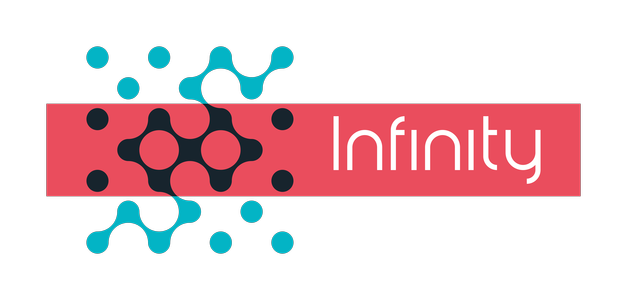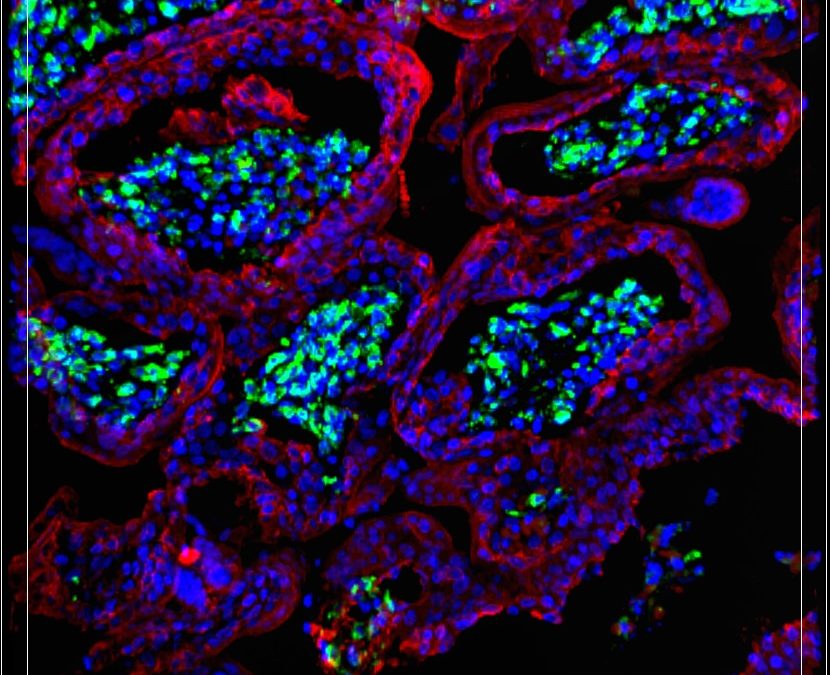Jordi Gouilly, Qian Chen, Johan Siewiera, Géraldine Cartron, Claude Levy, Martine Dubois, Reem Al-Daccak, Jacques Izopet, Nabila Jabrane-Ferrat*, and Hicham El Costa*
Centre of Pathophysiology Toulouse Purpan, INSERM U1043, CNRS UMR5282, Toulouse III University, 31024 Toulouse, France.
Correspondence: nabila.jabrane-ferrat@inserm.fr & hicham.el-costa@inserm.fr
In emerging countries with poor sanitation, Hepatitis E virus (HEV) infection during pregnancy often results in fulminant hepatic failure, severe placental diseases and morbidity. To provide insights into the HEV pathogenicity during pregnancy, we developed a new ex vivo model of HEV infection at the maternal-fetal interface using organ cultures from the first-trimester maternal decidua and fetal placenta and two HEV genotypes. We discovered that the pathogenic HEV-1 replicates more efficiently than less pathogenic HEV-3 in decidua and placenta explants and produces higher amounts of infectious progeny virions in a type III interferon dependent manner causing severe morphological alterations.
Our findings advocate that HEV-1 tropism and efficient replication combined with abnormal pro-inflammatory microenvironment dictate the extent of tissue damage at the maternal-fetal interface. Furthermore, we provide an innovative model with significant clinical implications for understanding congenital pathology and for developing strategies to mitigate viral trafficking through the placental barrier.
Nature Communications
DOI: 10.1038/s41467-018-07200-2

